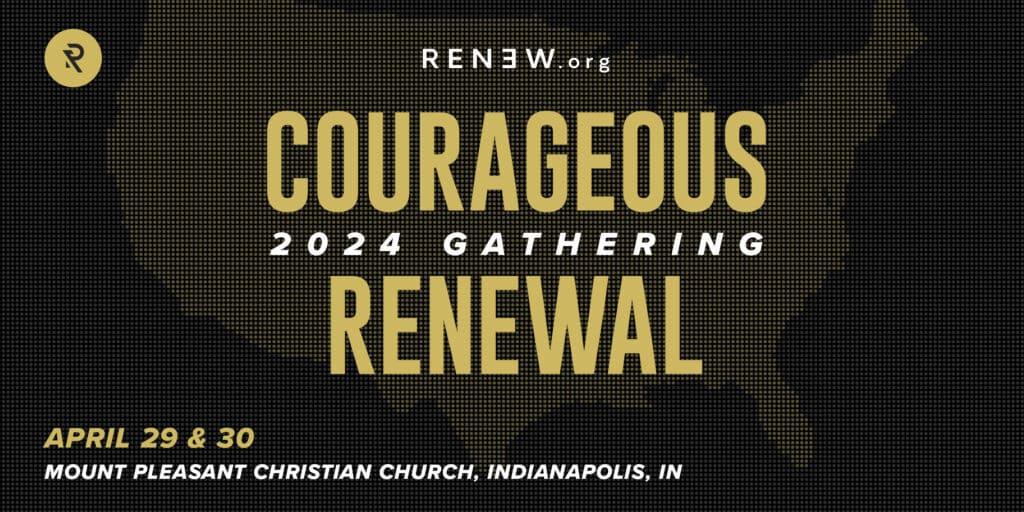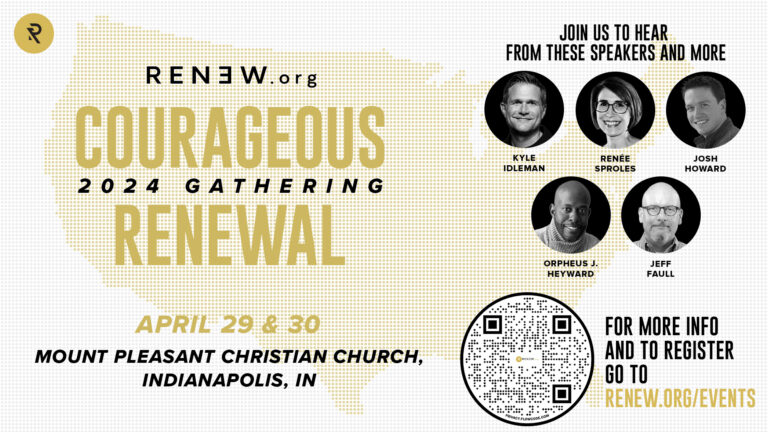If you want to understand the Bible better, one of the most important concepts is Bible “genres.” What are the Bible’s genres and why do they matter?
The Bible’s “genres” in the context of biblical hermeneutics mean the kinds of literature of a given book of the Bible. The Bible is rich with a variety of literary genres. Being familiar with the various genres helps us read the text more accurately.
For example, one of the dominant literary types in the Bible is historical narrative, such as Genesis and Acts. The Bible also contains wisdom literature, such as Song of Solomon, Proverbs, and Ecclesiastes. There are letters written to particular church groups or individuals. Additionally, we have books containing apocalyptic literature, such as Revelation and Daniel. There are books of prophecy and law. There are sermons and parables. Moreover, poetry comprises as much as one third of the Bible.
How Bible Genres Affect How We Read
As we each study the Bible, we must be sensitive with regard to literary genre and understand that each genre cannot be read in the exact same way. Historical narratives primarily report events, while letters address certain occasions. Wisdom literature is practical and encourages seeking virtue and divine favor, while apocalyptic contains vivid language and utilizes signs and symbols.
New Testament professor Dean Deppe provides insight to how genre affects how we read the text:
The determination of genre is crucial to detecting the meaning of a literary text, since like an infrared lens it offers a photo that we do not always observe in normal light….Genres trigger different expectations and thus demand divergent reading strategies.[1]
“Genres trigger different expectations and thus demand divergent reading strategies.”
The goal of the interpreter is to ascertain what the author under the influence of the Holy Spirit is attempting to communicate. If we ignore the literary type, then we become vulnerable to misrepresenting the meaning.
An Example of How Genre Helps Us Understanding Meaning
We need to read only a few words of the following description of Jesus to realize we are no longer reading a biography of Jesus in the Gospels:
Among the lampstands was someone like a son of man, dressed in a robe reaching down to his feet and with a golden sash around his chest. The hair on his head was white like wool, as white as snow, and his eyes were like blazing fire. His feet were like bronze glowing in a furnace, and his voice was like the sound of rushing waters. (Revelation 1:13–15)
Considering the Genre
Apocalyptic literature such as we see here in Revelation 1 uses vivid imagery filled with signs and symbols.
As I mentioned, a shocking percentage of the language of Revelation comes to us from the Old Testament. Reading an unfamiliar genre (apocalypse) that borrows its imagery from the less familiar testament (the Old Testament) should invite us to tread humbly and cautiously, so as not to abuse the text.
“Reading an unfamiliar genre (apocalypse) that borrows its imagery from the less familiar testament (the Old Testament) should invite us to tread humbly and cautiously, so as not to abuse the text.”
With all this in mind, how can we best understand this apocalyptic passage undergirded with symbolism?
Walking through the Text
If we take it as a literal picture of the physical description of Jesus, our interpretations could yield rather odd results. Let’s walk through the text.
John describes Jesus in this text as having a robe reaching to his feet with a golden sash around his chest; his hair is white like snow and white wool; his eyes are like fire and feet like burnished bronze; and his voice is like the sound of rushing water and a two-edged sword is coming out of his mouth. Perhaps it’s no wonder why Jesus needed to say in verse seventeen, “Do not be afraid.”
Studying the Symbols
Where do these symbols come from?
- Robe and sash. The picture of Jesus dressed with a robe and sash echoes how the priests were dressed under the Old Testament law (Leviticus 16:3–4).
- Hair like wool. Even more vivid is the picture of Jesus as having hair like white wool. This language recalls Daniel 7:9, where the Ancient of Days (God) is described in the same way, having his holiness placed on display.
- Eyes like fire. Jesus having eyes like fire recalls the language of Daniel 10:6, which reveals the image of a celestial being.
- Feet like bronze. His feet like bronze recalls the language of Micah 4:13, where Israel is figuratively said to have been given feet like bronze to trample out the enemy.
- Sword out of mouth. The two-edged sword coming out of his mouth is a symbol of judgment through his word (Isaiah 49:1–2; Hebrews 4:12).
- Voice as rushing water. His voice as rushing water is imagery of God in Ezekiel 43:1–2.
If we take all this background information under consideration and put it together with the reality that the recipients of this book were under Roman persecution needing encouragement, we arrive at something far more understandable than the incomprehensible image of Christ we started with: Christ is presented as God who is a priest to serve his people, with a sword prepared to judge, and feet that can trample out the enemy. To accent that he is God, he cites the words of Isaiah 44:6 in which Yahweh said, “I am the first and I am the last.”
As this example shows, knowing the genre will help the reader handle the text accurately, according to its literary form.
“Knowing the genre will help the reader handle the text accurately, according to its literary form.”
[1] Dean B. Deppe, All Roads Lead to the Text: Eight Methods of Inquiry into the Bible (Grand Rapids: Eerdmans, 2011), 7.
9 Bible Genres
To further help us understand what genres are, here is a list of common genres in the Bible along with a brief description. This list is from the Real Life Theology Handbook:
Historical Narrative – A lot of the Bible is the people of God telling stories of what God did throughout their history. Because the Bible has so many stories, it’s basically a story of stories.
Law – These are the commands God gave to his people (the Israelites) after rescuing them from slavery in Egypt, both do’s and don’ts. Some commands described what’s good and evil for all time and they aren’t bound to one time or place; others were limited to describing how to run the ancient nation of Israel many centuries ago.
Poetry – This is a way of writing in verse, often using figurative language and evoking strong feeling. Hebrew poetry used a lot of parallelism (parallel lines of poetry), often where the second line restates or reinforces the first line in some way. Poetry is sprinkled throughout the Bible, with some books being entirely poetic. Around a third of the Bible is written in poetry.
“Poetry is sprinkled throughout the Bible, with some books being entirely poetic.”
Wisdom Literature – These are collections of wise sayings and theological reflection given by Jewish sages. These range from short statements which give practical advice for particular situations (Proverbs) to deep explorations of difficult questions, such as why good people suffer (Job) and why life seems futile sometimes (Ecclesiastes). Much Wisdom Literature is written in poetic form.
Prophecy – These are messages from God’s messengers to God’s people, sometimes given when the people were unwilling to listen. Typically, these were messages meant for the prophet’s own generation, but sometimes they were interspersed with predictions of the future (e.g., events such as the destruction of Jerusalem in 586 BC and the coming of the Messiah). It’s been said that God gave these messages to comfort the afflicted—and afflict the comfortable.
Gospels – These are biographies of Jesus, with the name “gospel” meaning “good news.” They narrate Jesus’ ministry, including his teachings and miracles. Each spends a good percentage of its space narrating the events of the final week of Jesus’ life, climaxing in Jesus’ death and resurrection.
“Each Gospel spends a good percentage of its space narrating the events of the final week of Jesus’ life, climaxing in Jesus’ death and resurrection.”
Parables – These are fictional stories told using the stuff of everyday life (a fisherman separating good and bad fish, a farmer sowing seed, a guy getting robbed) to point to spiritual realities. The word literally means “to throw alongside” (para = alongside; bole = to throw). These stories were “thrown alongside” the truth being taught. Jesus taught numerous parables.
Letters – These are letters written by early church leaders such as Paul, Peter, and John to early Christians to help them navigate questions they had and issues their churches faced. Many are written to churches in particular cities, such as Romans (written to the Christians in Rome) and Ephesians (written to the Christians in Ephesus).
Apocalypse – This is a way of describing cataclysmic events using rich symbolism. The word means to “uncover” or “reveal.” Bible books which use the apocalyptic genre are Daniel in the Old Testament and Revelation in the New Testament.
The above article on Bible genres is an excerpt from Orpheus J. Heyward, God’s Word: The Inspiration and Authority of Scripture (Renew.org, 2021). To check out the book, click here.











